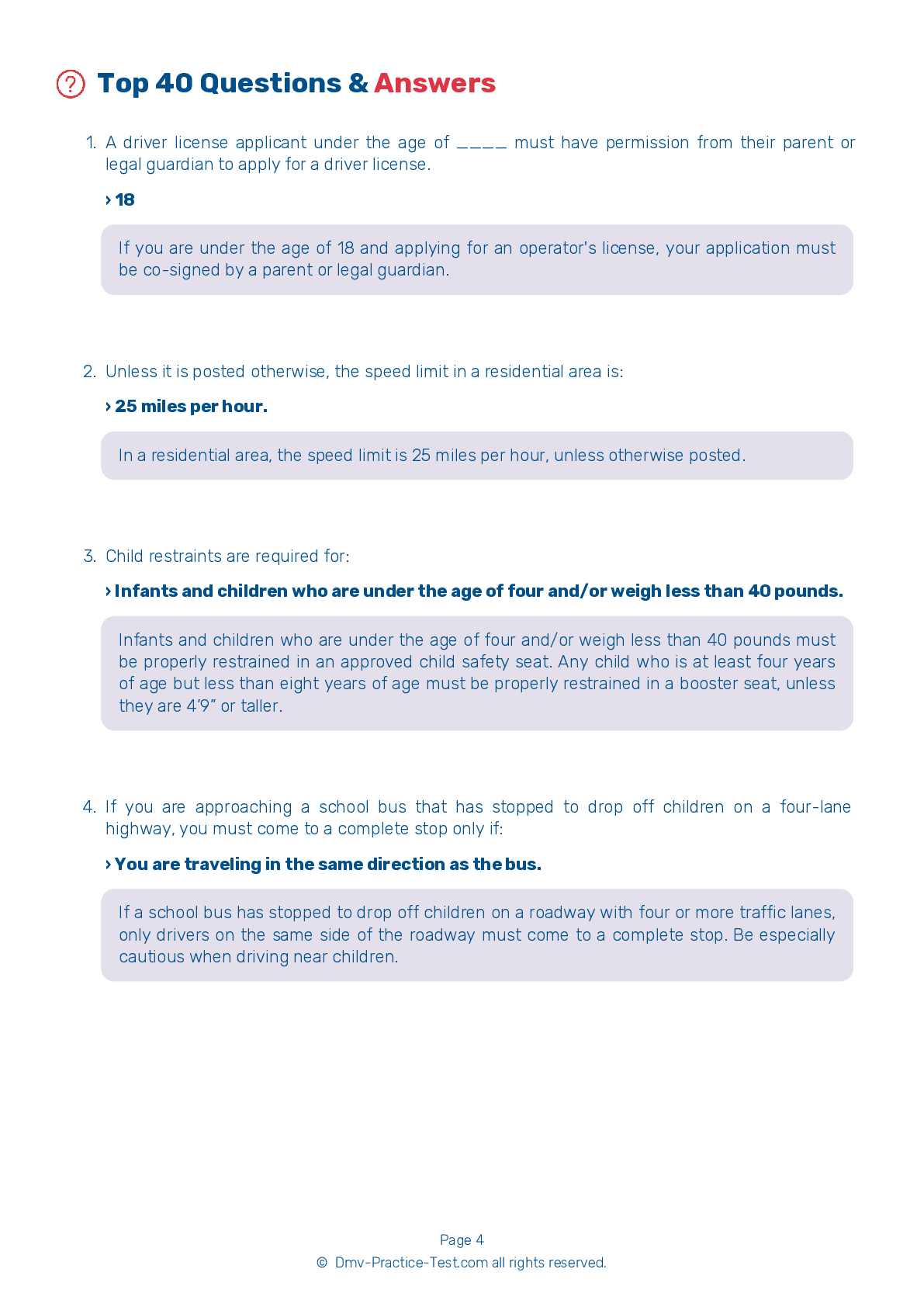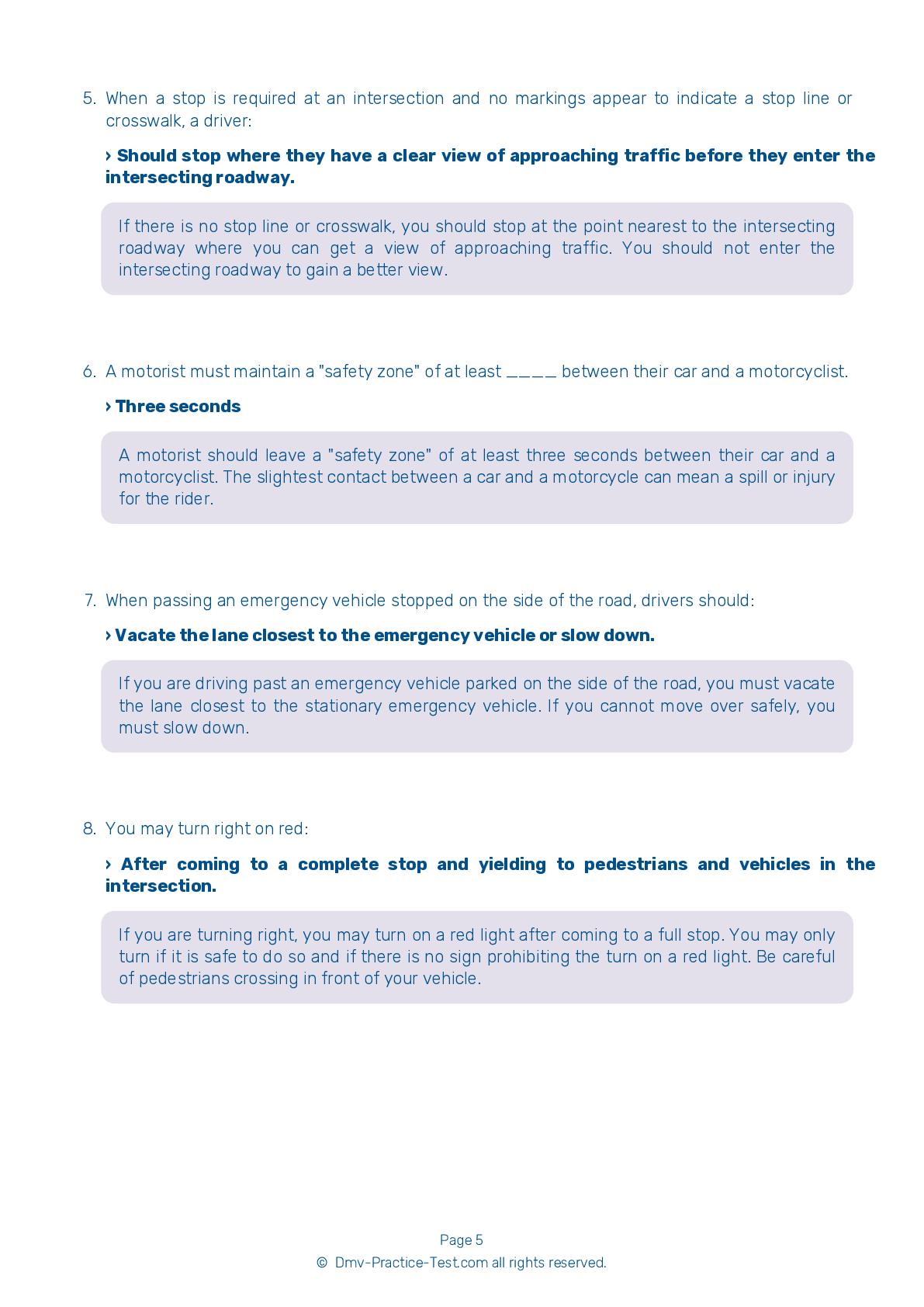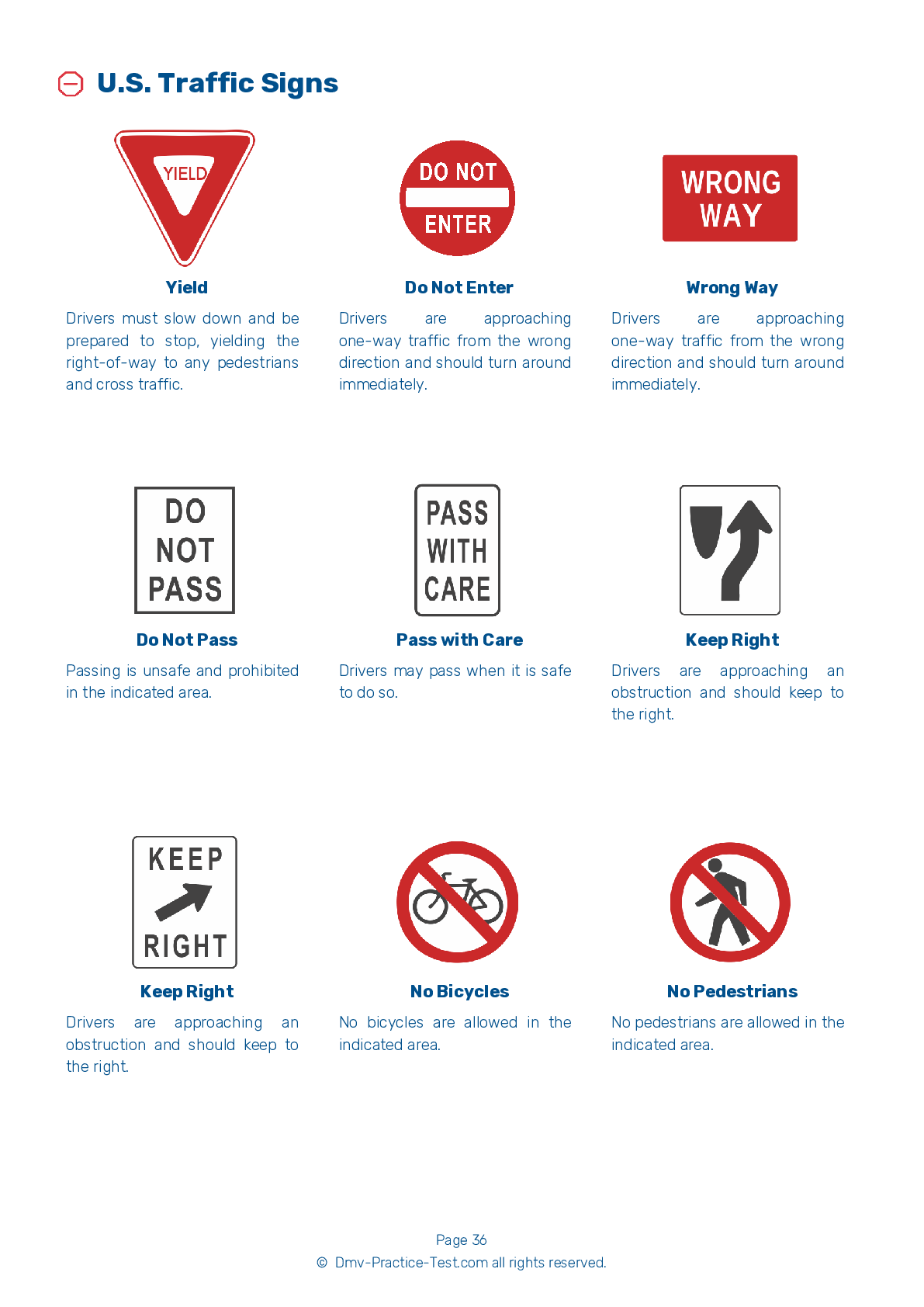FREE Ohio DMV Practice Test #5 Page 5 of 5
The practise exams for Ohio's DMV have been revised for January 2025. It comprises questions based on the most important traffic signals and laws for 2025 from the Ohio Driver Handbook. To study for the DMV driving permit test and driver's licence exam, use actual questions that are very similar (often identical!) to the DMV driving permit test and driver's licence exam.
Each question on the practise exam has a tip and explanation to help you recall the ideas. Questions about traffic rules, traffic signs, and driving statutes, as well as knowledge from the Driver Handbook, will be included in the written portion of the official Ohio DMV test.
You must properly answer 35 of the 40 questions to receive a passing mark. To help you prepare for your instruction permit or driver's licence, take this practise test from the Ohio Department of Motor Vehicles.
The DMV exam is offered in a variety of languages.
Using any form of testing help will result in an automatic fail, and the DMV may take further action against your driver's licence, so avoid it.
33 . This road sign means:
.png)
This one-way sign indicates that traffic flows only in the direction of the arrow.
34 . From top to bottom, the following is the proper order for traffic lights:
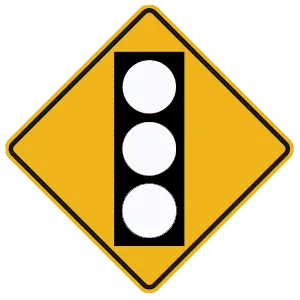
On a traffic signal arranged vertically, red is always on top and green on the bottom. When arranged horizontally, red is always on the left and green on the right.
35 . You may avoid the risks of alcohol-related crashes by:
The only way to avoid the risks of drinking and driving is to decide before you start drinking that you are not going to drive. Because alcohol affects your judgement, it will be harder for you to make safe decisions after you have started drinking.
36 . Traffic signals sometimes display arrows to control turns from specific lanes. A green arrow:
A green arrow has the same meaning as a circular green traffic light, but traffic in the indicated lane must turn in the direction shown by the arrow.
37 . When parallel parking, you should park within ____ inches of the curb.
When parallel parking your vehicle, your wheels should be within 12 inches of the curb. Only park where you will not be disruptive to traffic and where drivers can clearly see your vehicle from every direction.
38 . You may not pass other vehicles within ____ of a bridge, viaduct, or tunnel.
Drivers may not pass other vehicles within 100 feet of a bridge, viaduct, tunnel, railroad crossing, or intersection. Drivers should only pass where they may legally and safely do so.
39 . From the center lane, which maneuver(s) can you perform?
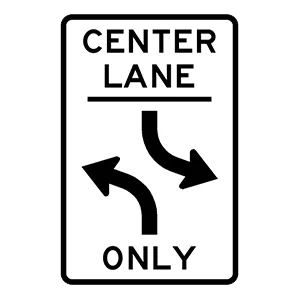
This sign indicates where a lane is reserved for the exclusive use of left-turning vehicles from either direction. Such a lane may not be used for passing or for through-traffic.
40 . While driving on a two-lane road without bicycle lanes, you encounter a bicyclist traveling in the same direction. What is the safest way to pass the bicyclist?
You should pass a bicyclist the same way you would pass any other vehicle, but not so fast or close to them that you throw debris in their face or blow them around with the draft of air from your vehicle. Allow at least 3 feet of space between your side mirror and the bicyclist, or at least 5 feet on higher speed roads or when there is a group of bicyclists. Honking unnecessarily may startle riders and make them more likely to crash.
Need Car Insurance? No problem!
Compare the best rates in Ohio and find a personalized policy that meets your needs.
1. Are You Currently insured ?
2. Married ?
3. Do you own your Home?
4. Do you have more than 1 car ?
5. Have you or a Family Member Honorably Served in U.S. Military ?
6. Your Name
7. Age
8. Zip code
IMPORTANT REMINDER:Auto Insurance is Mandatory to drive in Ohio. Get covered before you hit the road to avoid any fines.
Ranked by best match

